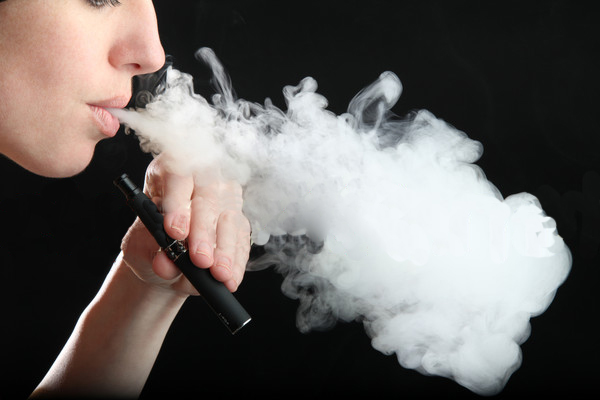The Complex Landscape of Social Acceptance for Vaping

Vaping, once hailed as a safer alternative to traditional smoking, has generated significant debate and discussion around its social acceptance. While some view it as a harm reduction tool and a means to quit smoking, others raise concerns about its impact on public health, especially among young people. In this article, we will explore the multifaceted issue of social acceptance of vaping, examining the factors that shape public perception, the ongoing debates, and the efforts to strike a balance between individual rights and public health.
Factors Influencing Social Acceptance
- Perceived Health Benefits: One of the main factors that contribute to the social acceptance of vaping is the perception that it is a less harmful alternative to smoking. Many individuals view vaping as a tool for quitting cigarettes, and they support it for its potential health benefits.
- Marketing and Advertising: The way vaping products are marketed can significantly influence social acceptance. Aggressive advertising campaigns and appealing flavors have drawn criticism for targeting young people, while others argue that marketing is essential for harm reduction messaging.
- Regulation and Legislation: Government regulations and policies play a crucial role in shaping public perception. Countries with strict regulations may create a negative perception of vaping, while those with supportive policies may encourage acceptance.
- Cultural and Regional Differences: Social acceptance of vaping varies across cultures and regions. In some places, vaping is seen as a trendy lifestyle choice, while in others, it is viewed with skepticism or even disdain.
The Ongoing Debates
- Youth Appeal: One of the most significant concerns surrounding vaping is its appeal to young people. Critics argue that flavored e-cigarettes and appealing marketing have contributed to a surge in youth vaping. Supporters of vaping counter that adult smokers should have access to flavored options to help them quit smoking.
- Health Concerns: The long-term health effects of vaping are still being studied. Some argue that the unknown risks make it difficult to fully accept vaping as a harm reduction tool, while others emphasize that it is undoubtedly less harmful than smoking.
- Secondhand Vapor Exposure: Concerns about the potential risks of secondhand vapor exposure have also fueled debates. While vaping produces aerosol, not smoke, questions remain about its impact on bystanders.
Efforts to Strike a Balance
- Regulation: Governments around the world are implementing regulations to strike a balance between individual choice and public health. These regulations often focus on age restrictions, marketing restrictions, and product safety standards.
- Harm Reduction Messaging: Some public health organizations advocate for harm reduction approaches that acknowledge vaping as a less harmful option for smokers while emphasizing the importance of not initiating vaping among non-smokers, especially youth.
- Research and Education: Ongoing research and education campaigns aim to provide the public with accurate information about vaping and its potential risks and benefits.
Conclusion
The social acceptance of vaping remains a complex and evolving issue, shaped by a multitude of factors, from perceptions of health benefits to regulatory policies. While vaping has undoubtedly helped some smokers quit and reduce harm, concerns about its impact on youth and long-term health effects persist. Striking a balance between individual rights and public health is the ongoing challenge, one that requires continued research, open dialogue, and informed decision-making to ensure the well-being of both individuals and society as a whole.






